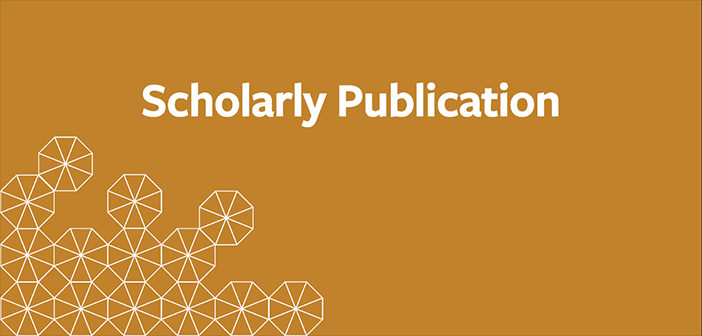Citation
Education Finance and Policy, 4(4):537-571. Fall 2009.
Abstract
Nonrandom assignment of students to teachers can bias value-added estimates of teachers’ causal effects. Rothstein (2008, 2010) shows that typical value-added models indicate large counterfactual effects of fifth- grade teachers on students’ fourth-grade learning, indi- cating that classroom assignments are far from random. This article quantifies the resulting biases in estimates of fifth-grade teachers’ causal effects from several value- added models, under varying assumptions about the assignment process. If assignments are assumed to de- pend only on observables, the most commonly used specifications are subject to important bias, but other feasible specifications are nearly free of bias. I also con- sider the case in which assignments depend on unob- served variables. I use the across-classroom variance of observables to calibrate several models of the sort- ing process. Results indicate that even the best feasible value-added models may be substantially biased, with the magnitude of the bias depending on the amount of information available for use in classroom assignments.

